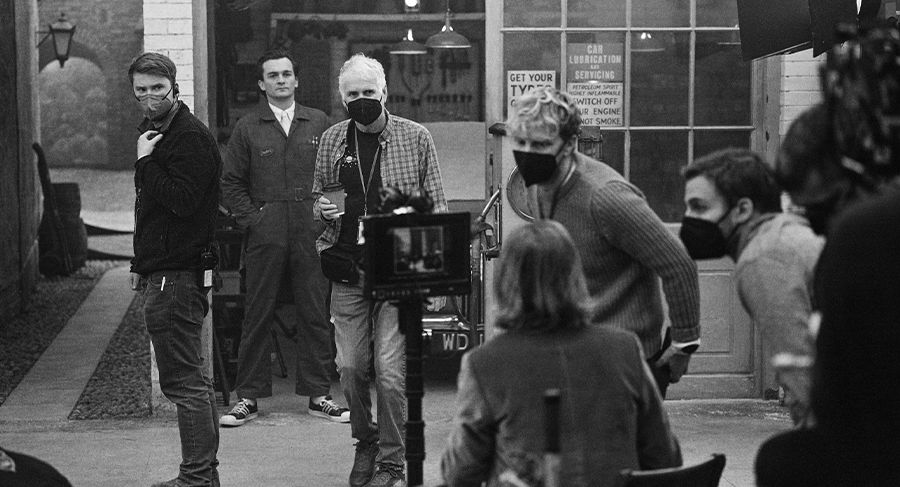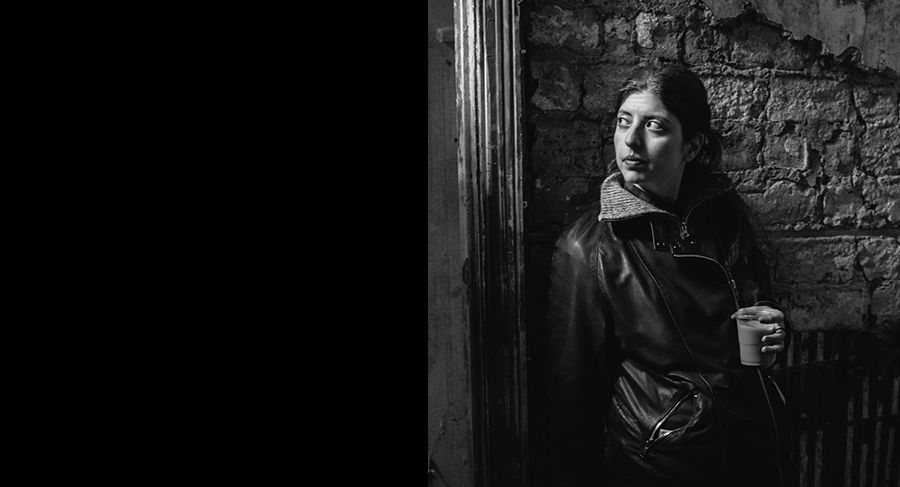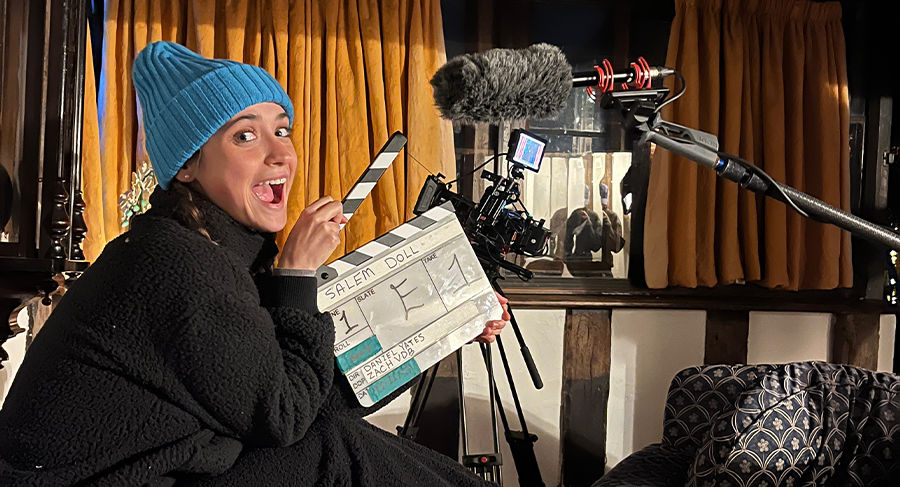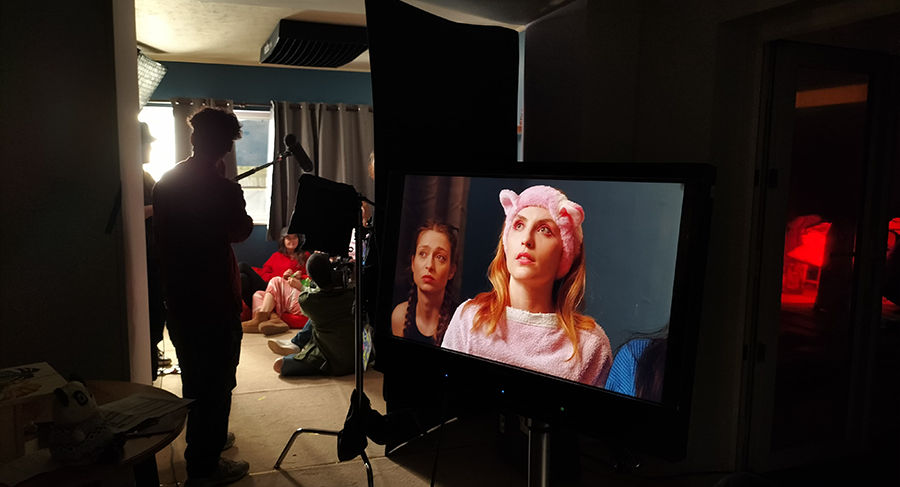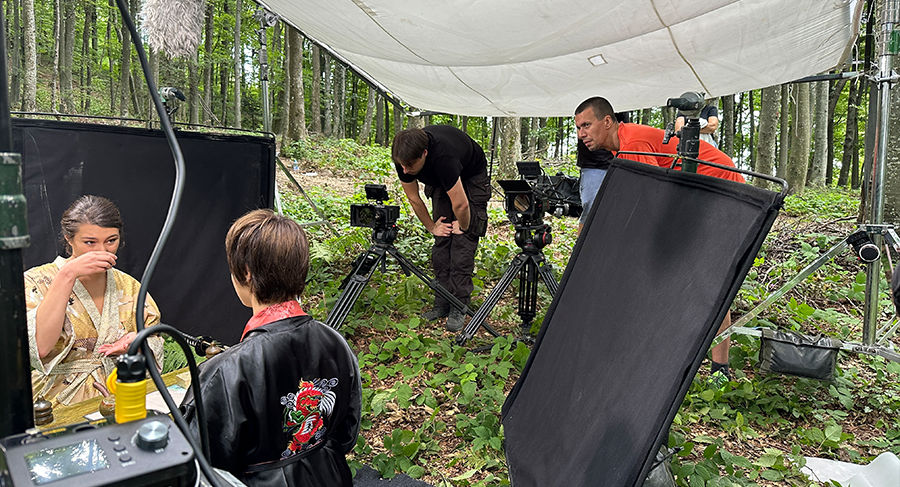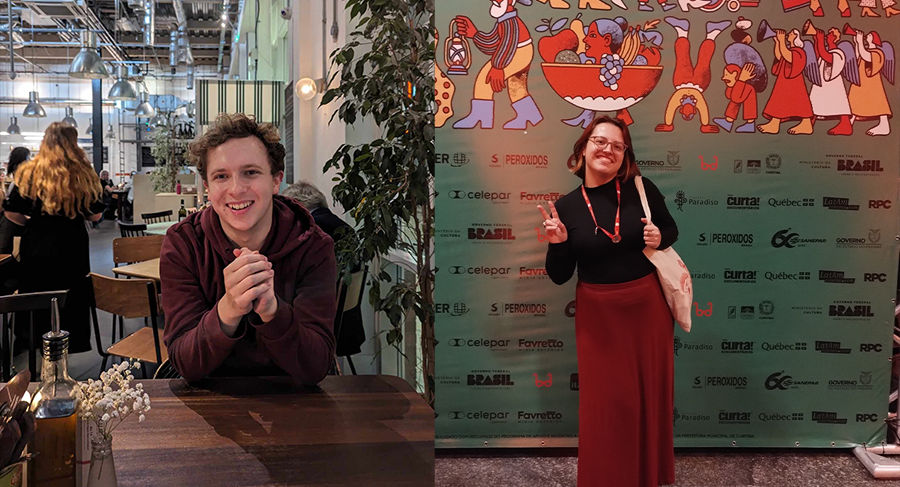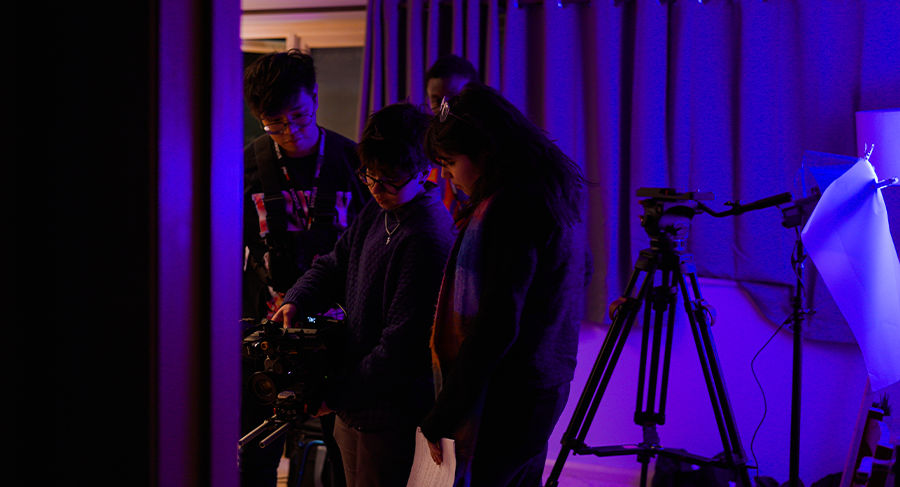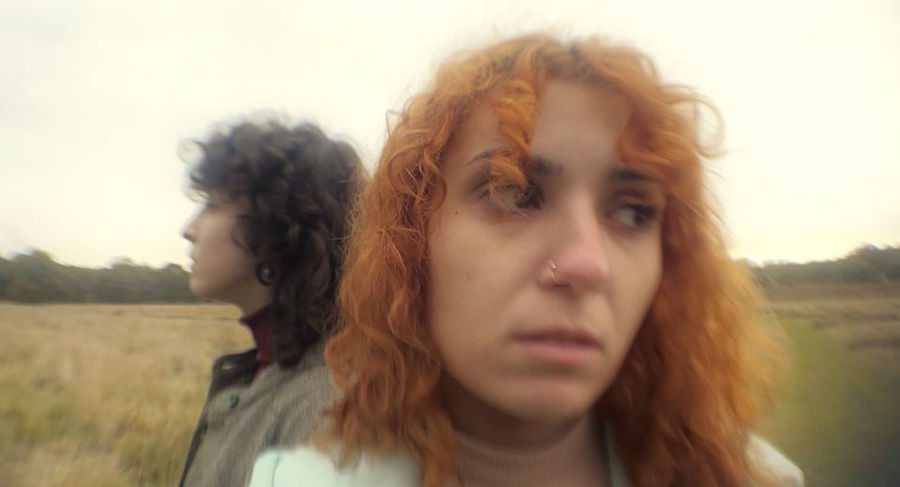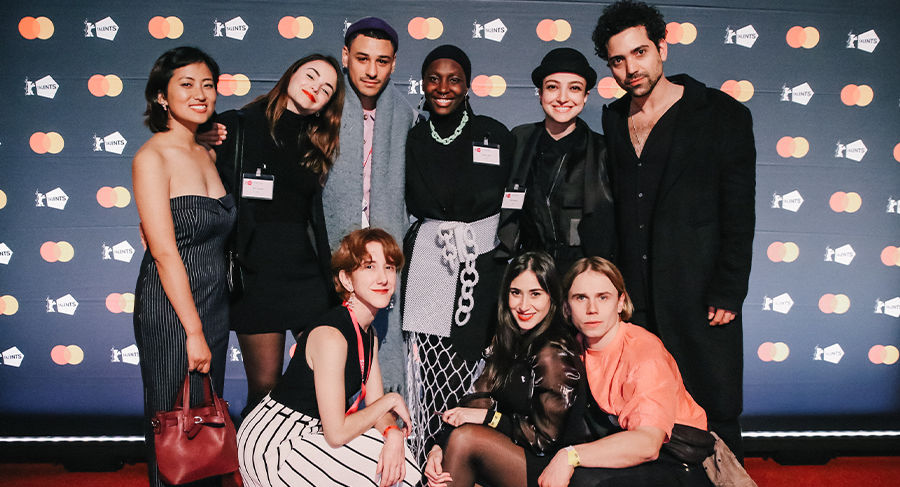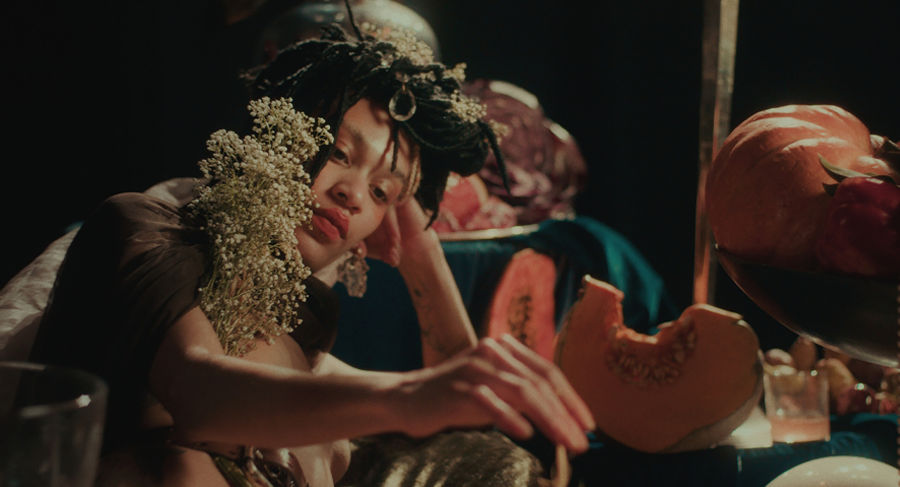MetFilm School Masterclass with ‘Joyland’ Director & Screenwriter, Saim Sadiq
By Elise Czyzowska
22 May 2023
Last year, Saim Sadiq made history with his debut feature, Joyland, which became the first Pakistani feature film to be selected at Cannes Film Festival. The film went on to win the Jury Prize at the festival’s ‘Un Certain Regard’ Competition, and was Pakistan’s Official 2022 Oscar submission.
Joyland follows the youngest son of a family in Old Lahore City who, after taking a job at an exotic dance theatre, falls in love with a transgender dancer. MA Film & Television Production Graduate, Tabish Habib, worked as an Associate Producer on the film, and described how, once he started reading the script, he ‘couldn’t put it down. [I] had to get involved with the project’.
Our students were lucky enough to hear from director and screenwriter Saim Sadiq for a MetFilm School Masterclass, hosted by MetFilm Director, Jonny Persey, and in today’s blog, we’re recapping our top takeaways from the session…
The making of Joyland
The idea for Joyland came to Saim back in 2015, when he decided that he wanted to make a film exploring desire, as well as issues of identity.
‘I think this was my way of finding catharsis for myself,’ he added. ‘People say the film is about X Y or Z, but I made it for myself.’
Back in 2015, Saim was studying at film school in New York, and recalled bringing the script to his screenwriting classes for three or four years. Despite very little of the original script making its way into the final project, the original idea remained, and as Saim described, ‘the heart was always there’.
The official trailer for Joyland…
When Jonny Persey asked about a ‘specific’ moment when Saim knew the film would be made, the answer was easy:
It was the day my producer came on board. It sounds naïve, but when she said that she wanted to make the film, just from reading the first draft, it was like a switch went off somewhere. That someone had spoken to me with such confidence and clarity, it reminded me that this wasn’t just a script – it was a film.
From this point on, the pair picked a date by which they wanted to start shooting – September 2021, and got to work on making their plans a reality. By January, they had secured their first piece of funding, and by September 27th, the cameras were rolling. ‘It helped us, having this over-confidence,’ said Saim. ‘We like to say that we “greenlit our own movie”.’

Tips from film school
Throughout this Masterclass, Saim repeatedly emphasised the importance of his time at film school. As a screenwriter, he described how being surrounded by a diverse group of people, all with different perspectives and backgrounds, helped him to develop a greater sense of empathy for his characters.
This open-mindedness is seen in the characters of Joyland who stand for patriarchal values in a story of desire – ‘that doesn’t mean I write the character as a villain. It’s my job as a screenwriter investigate his nature’.
Film school also provided opportunities for Saim to develop and grow as a director, especially through making short films. While studying, he made four ‘proper’ short films, one of which was a romance told through sign language – where he learnt the art of the ‘meet cute’, that ‘electrifying first meeting’ which found its way into Joyland.
On top of developing skills like time management, working on these shorts helped Saim to let go of the ‘posture’ he thought a director needed to have. ‘And’, he added, ‘I figured out how to cast’.
Before, I had played down the importance of actors. I went with people I knew, or the people who were the easiest to work with. Now, I see that the right cast needs to add something to the role.
That happened on ‘Joyland’. I loved working with my actors, and they gave so much to the film that wasn’t on paper.
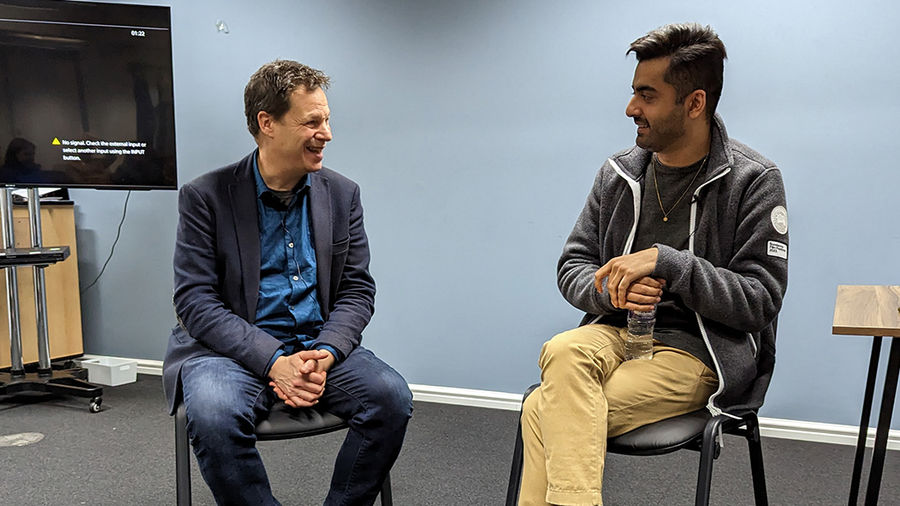
The craft of directing
Joyland was shot in just under two months, and throughout our Masterclass, Saim gave a lot of insight into his time on set as a director. ‘I didn’t shout once’, he said, again thinking back to the previous ‘posture’ he had mimicked. Instead, he focused on being ‘honest, open, and vulnerable’, because to him, that was what his film needed in order to be made well.
From writing the script, Saim had already mapped out around 30% of his shots, but for the remaining 70%, he created a shot-list with Director of Photography, Joe Saade. Together, they created a visual set of ‘rules’ for the film, associating certain camera movements with certain characters or emotional beats.
If needed, he explained, these rules could be – and were – ‘broken’, but in a way, this was where they came in the most help, allowing the crew to figure out what they were trying to achieve with each shot, and to rethink the best way to get their desired outcome.
‘You couldn’t have made this film with a set that’s at all aggressive in nature’, Saim explained, and clearly, this paid off. In one particularly telling memory, he recalled the day they completed a big, climactic dance scene. ‘You often hear about actors crying, but it was our choreographer,’ he said.
‘They were just so overwhelmed to have made that moment happen. Every single member of the crew really did act as though making this film was the most important time of their lives.’
- A big thank you to Saim Sadiq for joining us for a MetFilm School Masterclass.
- MA Directing is fully booked in London for 2023 – places are still available in Berlin and Leeds.
- Want to read more directing blogs? Start with Peter Hoar’s insights into The Last of Us Episode 3!


